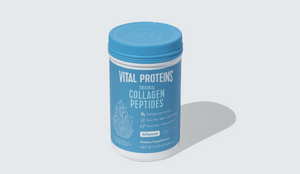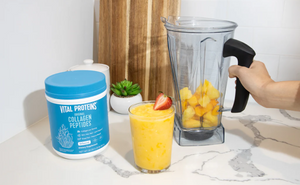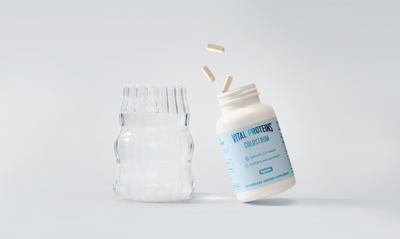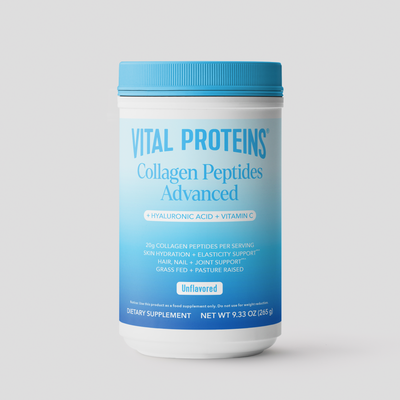By: Whitney Stuart
Whitney Stuart MCN, RDN, is a board-certified dietitian-nutritionist, diabetic educator and award-winning Whole30 Certified Coach. She holds a "real food first" approach through her holistic practice, Whitness Nutrition, which offers full spectrum nutritional assessment, corporate wellness challenges and seminars. Here, she shares the unhealthy ways we eat healthy foods.
Millennials are finally on the health train. By conveniently scouring the latest products on Thrive Market and InstaCart, it is incredibly easy to obtain nutrient-rich items and healthier alternatives than ever before. Whole grain, gluten free, no sugar added — these titles are common additions to the enticing labels on most of our products. But health isn’t solely determined on what ends up in the shopping cart. We have to consider a few other factors. As a dietitian, I tend to see a pattern of unhealthy habits developing in my health-conscious clients. Let’s air them out and discuss. The awareness could prevent you from making the same seemingly healthy — yet unhealthy and detrimental — actions.
Unhealthy Ways We're Eating Healthy Foods
Binge-Eating a Healthier Version of Your Favorite Food
At the end of the day, unfortunately, portion must be taken into consideration. Unless your favorite chip has been replaced with kale or celery, it’s likely that your healthier alternative is about the same caloric value per serving size. Example: sweet potato chips vs. white potato chips. Potato vs. sweet potato. Yogurt vs. Greek yogurt. White bread vs. whole wheat bread. Yes, one may be absolutely more nutrient than the other, but portion size shouldn’t be dictated by health grade. Instead, consider eating mindfully, until you feel full. Calories can be more or less nutrient. But either way, they are still a fuel source.
RELATED: 5 Snacks That May Improve Your Productivity at Work

Replacing Meals with Green Juice
Nothing compares with the power of real, whole vegetables. Leafy greens fill up the reservoir of your stomach, and allows you to stay full longer as the body digests them. Take this fact to your advantage! Instead of guzzling a green juice at 12 P.M., nosh on a kale salad with lemon juice and olive oil. Add more greens to your stews to incorporate more whole foods into your diet. Reap additional health benefits by mixing a scoop or two of our unflavored Collagen Peptides — which helps to support stronger hair, skin, nails, and joints — into your meal.
Eating A Lot More Almond Butter Instead of Taking a Bite of Chocolate Cake
Although it may seem contradictory to choose the less healthy option, research shows that persistently avoiding the food you're craving gradually leads to a breakdown of self control. Chronic restriction increases the probability of binge-eating. Many times, the binge occurs on seemingly healthier foods, but in an unhealthy quantity. It would be beneficial to consume what you want, in a mindful amount, and satisfy your craving when it initially occurs. Letting it grow and worsen will eventually take over and you’ll want to reach for the first carb you see. "I can't have a donut, but I'm really craving sugar, so I’ll eat 10 dates with almond butter," or "That brownie has so much sugar. I’ll make a healthier version and eat three healthier brownies." This isn’t healthy or productive.
RELATED: 6 Healthy Food Swaps to Start Making Today
Swapping M&M's for Organic Dark Chocolate Almonds
Again, it seems a bit counterproductive to demonize certain sugars. At the end of the day, your body sees minimal difference when you’re in "treat yourself" mode. It's better to go with food that 1.) satisfies your craving and 2.) meets appropriate portions.

















